| Origem | Literatura Estrangeira |
|---|---|
| Quantidade de Páginas | 196 |
| Acabamento | Capa Comum |
| Autores | Não informado |
| Idioma | Inglês |
| Edição | 0 |
| Selo | INCITE Journal of Experimental Media |
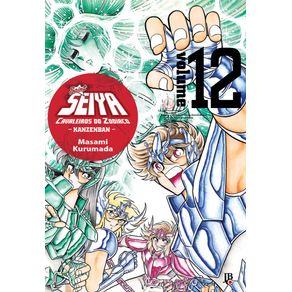 Cavaleiros do Zodíaco - Saint Seiya Kanzenban - Vol. 12
Cavaleiros do Zodíaco - Saint Seiya Kanzenban - Vol. 12
Editora JBC
R$ 64,90 R$ 51,92 à vista Mastering Blockchain - Fourth Edition
Mastering Blockchain - Fourth Edition
Packt Publishing
R$ 442,66 ou até 3x sem juros The Triumph of Romanticism
The Triumph of Romanticism
Os Justi Press
R$ 171,35 ou até 3x sem juros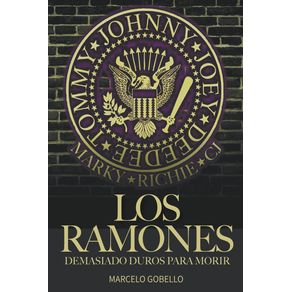 Los Ramones
Los Ramones
Draft2Digital
R$ 193,18 ou até 3x sem juros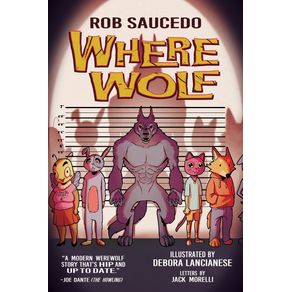 Where Wolf
Where Wolf
Encyclopocalypse Publications
R$ 182,58 ou até 3x sem juros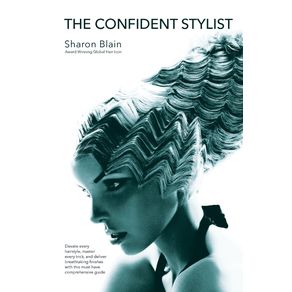 The Confident Stylist
The Confident Stylist
Echo Books
R$ 168,01 ou até 3x sem juros AutoCAD 2024
AutoCAD 2024
CADArtifex
R$ 265,10 ou até 3x sem juros An Enchanting World
An Enchanting World
Julia Spiri
R$ 81,33 à vista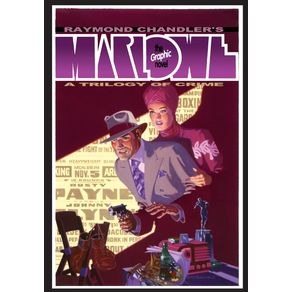 Raymond Chandlers Marlowe
Raymond Chandlers Marlowe
J.T. Colby & Company, Inc.
R$ 133,32 ou até 2x sem juros LIDEOLOGIA DEL FASCISMO - il fondamento razionale del totalitarismo
LIDEOLOGIA DEL FASCISMO - il fondamento razionale del totalitarismo
Lulu Press
R$ 367,88 ou até 3x sem juros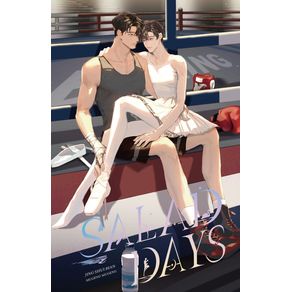 Salad Days#1
Salad Days#1
Via Lactea Ltd.
R$ 202,68 ou até 3x sem juros SolidWorks CAM 2023 Black Book
SolidWorks CAM 2023 Black Book
CADCAMCAE Works
R$ 422,47 ou até 3x sem juros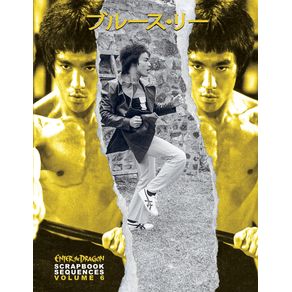 Bruce Lee Enter the Dragon Scrapbook Sequences Vol 6
Bruce Lee Enter the Dragon Scrapbook Sequences Vol 6
Eastern Heroes
R$ 179,16 ou até 3x sem juros Geschichte der Deutschen Musik
Geschichte der Deutschen Musik
Legare Street Press
R$ 210,93 ou até 3x sem juros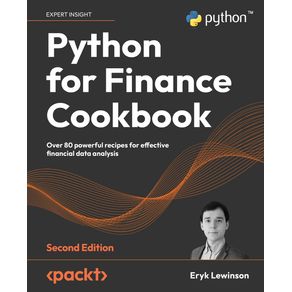 Python for Finance Cookbook - Second Edition
Python for Finance Cookbook - Second Edition
Packt Publishing
R$ 438,63 ou até 3x sem juros Cavaleiros do Zodíaco - Saint Seiya Kanzenban - Vol. 12
Cavaleiros do Zodíaco - Saint Seiya Kanzenban - Vol. 12
Editora JBC
R$ 64,90 R$ 51,92 à vista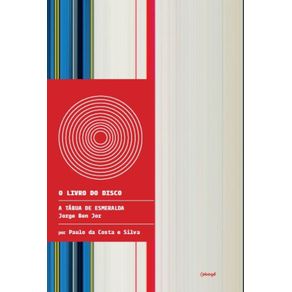 Jorge Ben - A tábua de esmeralda
Jorge Ben - A tábua de esmeralda
Cobogó
R$ 53,00 à vista Manual de Cianotipia e Papel Salgado
Manual de Cianotipia e Papel Salgado
Ibis Libris
R$ 43,75 à vista Mastering Blockchain - Fourth Edition
Mastering Blockchain - Fourth Edition
Packt Publishing
R$ 442,66 ou até 3x sem juros Where Wolf
Where Wolf
Encyclopocalypse Publications
R$ 182,58 ou até 3x sem juros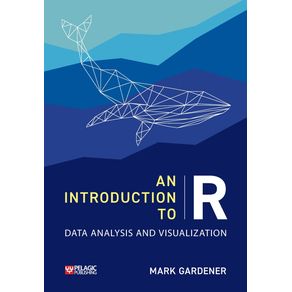 An Introduction to R
An Introduction to R
Pelagic Publishing Ltd
R$ 411,27 ou até 3x sem juros The Confident Stylist
The Confident Stylist
Echo Books
R$ 168,01 ou até 3x sem juros AutoCAD 2024
AutoCAD 2024
CADArtifex
R$ 265,10 ou até 3x sem juros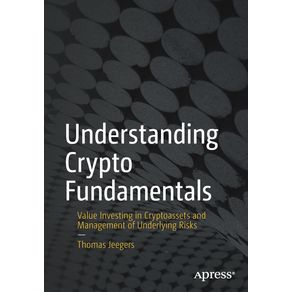 Understanding Crypto Fundamentals
Understanding Crypto Fundamentals
Springer Nature B.V.
R$ 209,97 ou até 3x sem juros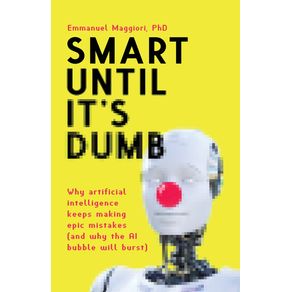 Smart Until Its Dumb
Smart Until Its Dumb
Applied Maths Ltd
R$ 117,01 ou até 2x sem juros An Enchanting World
An Enchanting World
Julia Spiri
R$ 81,33 à vista LIDEOLOGIA DEL FASCISMO - il fondamento razionale del totalitarismo
LIDEOLOGIA DEL FASCISMO - il fondamento razionale del totalitarismo
Lulu Press
R$ 367,88 ou até 3x sem juros Salad Days#1
Salad Days#1
Via Lactea Ltd.
R$ 202,68 ou até 3x sem juros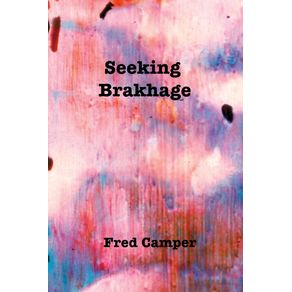 Seeking Brakhage
Seeking Brakhage
Fred Camper
R$ 185,63 ou até 3x sem juros Geschichte der Deutschen Musik
Geschichte der Deutschen Musik
Legare Street Press
R$ 210,93 ou até 3x sem juros A Escrita da Cidade: Transformações modernizadoras e projeções urbanas na literatura brasileira pré-modernista
A Escrita da Cidade: Transformações modernizadoras e projeções urbanas na literatura brasileira pré-modernista
Todos Livros
R$ 49,90 à vista Arte: Conhecimento, Transformação e Libertação
Arte: Conhecimento, Transformação e Libertação
Editora Viseu
R$ 54,90 à vista Artificial Intelligence Fundamentals for Business Leaders
Artificial Intelligence Fundamentals for Business Leaders
Ines Alexandra De Castro Almeida
R$ 176,32 ou até 3x sem juros Mastering Blockchain - Fourth Edition
Mastering Blockchain - Fourth Edition
Packt Publishing
R$ 442,66 ou até 3x sem juros Los Ramones
Los Ramones
Draft2Digital
R$ 193,18 ou até 3x sem juros An Introduction to R
An Introduction to R
Pelagic Publishing Ltd
R$ 411,27 ou até 3x sem juros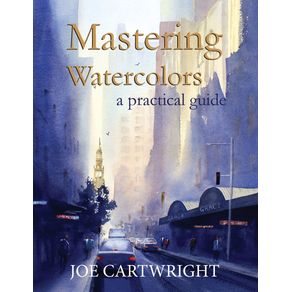 Mastering Watercolors
Mastering Watercolors
Joseph Cartwright
R$ 108,01 ou até 2x sem juros Christian Petzold
Christian Petzold
University Press of Mississippi
R$ 167,98 ou até 3x sem juros An Enchanting World
An Enchanting World
Julia Spiri
R$ 81,33 à vista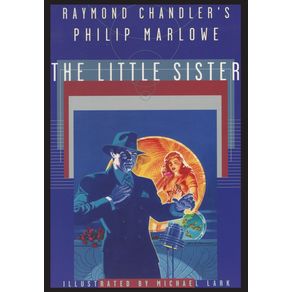 Raymond Chandlers Philip Marlowe, The Little Sister
Raymond Chandlers Philip Marlowe, The Little Sister
J.T. Colby & Company, Inc.
R$ 129,48 ou até 2x sem juros SolidWorks CAM 2023 Black Book
SolidWorks CAM 2023 Black Book
CADCAMCAE Works
R$ 422,47 ou até 3x sem juros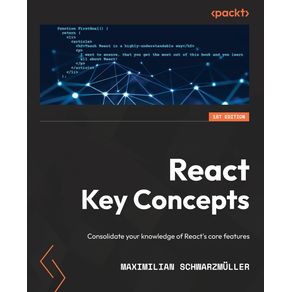 React Key Concepts
React Key Concepts
Packt Publishing
R$ 390,00 ou até 3x sem juros Seeking Brakhage
Seeking Brakhage
Fred Camper
R$ 185,63 ou até 3x sem juros The Complete Woodcuts of Albrecht Dürer (Dover Fine Art, History of Art)
The Complete Woodcuts of Albrecht Dürer (Dover Fine Art, History of Art)
Echo Point Books & Media, LLC
R$ 258,07 ou até 3x sem juros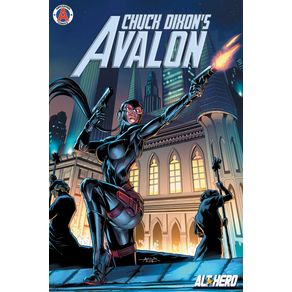 Chuck Dixons Avalon Volume 1
Chuck Dixons Avalon Volume 1
Castalia AG
R$ 305,28 ou até 3x sem juros